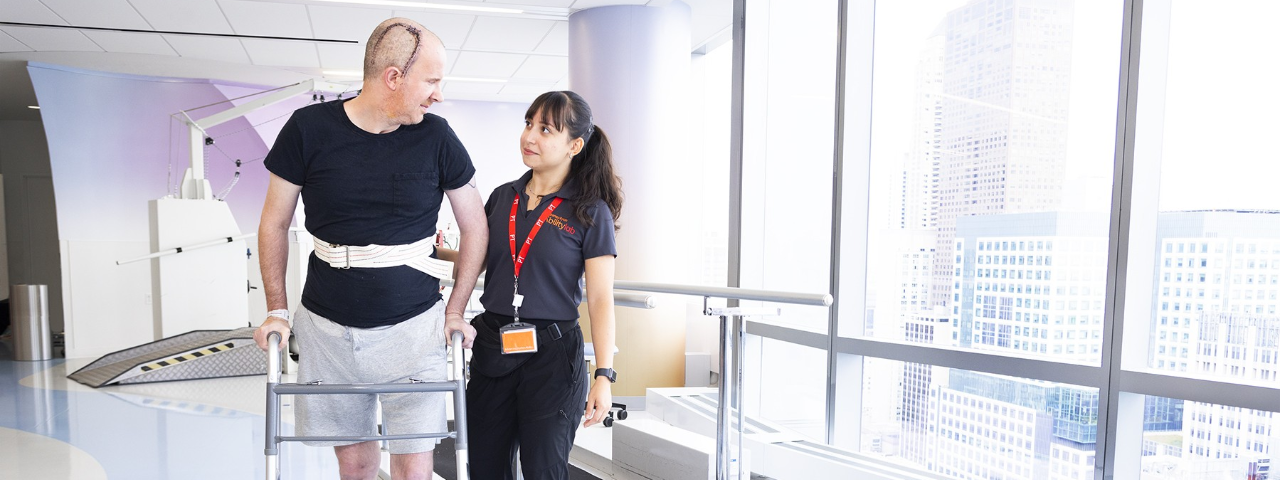Body
Humans are almost constantly connected to devices and electronics that generate a significant amount of data about who they are and what they do. Many commercially available products like Fitbits, Garmin trackers, Apple watches and other smartwatches are designed to help users take control of their health, and tailor activities to their lifestyle. Even something as unobtrusive to wear as a ring can collect data on sleep patterns, body temperature, heart rate variability, calorie burn, and steps, and even go a step beyond to analyze these biostatistics and package the information so it can be read on a user’s smartphone. Similar, less common but more precise monitoring devices are also being used at clinics and hospitals to help health care providers individualize treatments for a range of conditions from cardiac care to stroke rehabilitation.
Researchers working to contain COVID-19 are increasingly turning to these sleek new wearables for a diagnostic solution. But there is some debate about the best way to do so. Can commercially available devices be leveraged as a tool, or would clinical-grade wearables be more effective?
As it turned out, one of the wearable models being used to help rehabilitate stroke patients who had difficulty speaking and swallowing at Chicago’s Shirley Ryan AbilityLab was already well-suited to detecting the respiratory symptoms associated with COVID-19. The soft, flexible rubber patch adheres to an individual’s skin at the dip in the base of the throat. At that location, it can measure tiny vibrations and sense biomarkers like frequency, intensity and sound of coughs and breathing, as well as respiratory rate and effort. Because it is close to the carotid artery, the patch can also pick up blood flow signatures to monitor heart rate.
“As far as monitoring breathing and respiration, you can do that very effectively here,” says Rogers, pointing to his throat, “but you can’t do it right here”—Rogers indicates the wrist, which is where similar commercially available, consumer grade health trackers like FitBits and smartwatches collect data.
The Rogers team added temperature sensors and pulse oximeters—which allow continuous monitoring of low blood oxygen levels, a silent but alarming symptom also associated with COVID-19—to the throat-mounted devices, and deployed them in a pilot study to patients, physicians, nurses and rehabilitation specialists at AbilityLab and at Chicago’s Northwestern Memorial Hospital. For health care providers, especially, early detection of COVID-19 symptoms could have a significant impact on preventing the spread of infection to fellow providers and to non-COVID-19 patients.
Read the full story in Smithsonian Magazine.

